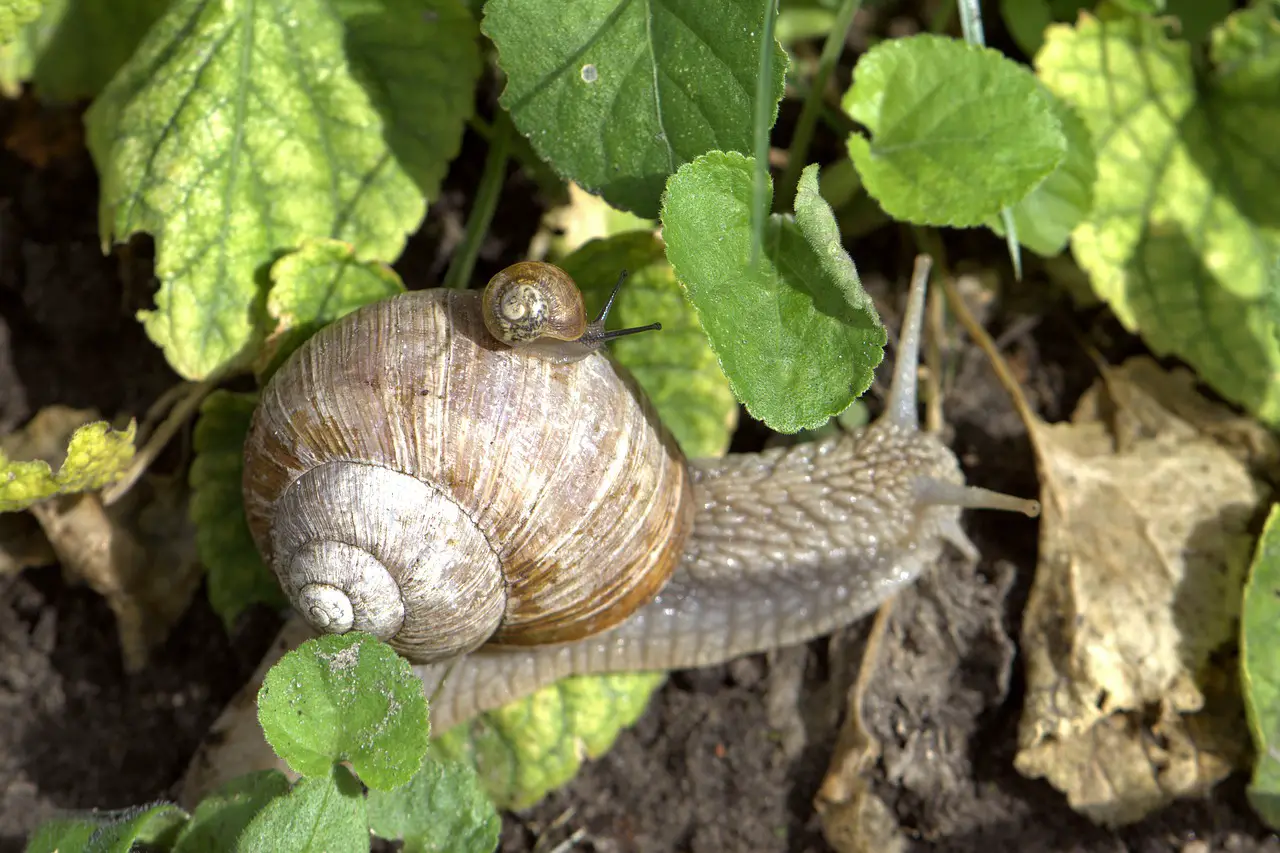Last Updated on April 16, 2024 by Real Men Sow
Slugs or snails can cause havoc in your garden by destroying seedlings and decimating larger plants like hostas. Slug pellets can be an effective deterrent but contain metaldehyde which can harm wildlife and hedgehogs. Other forms of slug control are time-consuming and may not work.
It can be costly and heartbreaking to continue growing plants that you know will die. Why not just stop growing them? There are many beautiful plants that does not attract slugs. These plants will make your garden easier and more enjoyable.
How Do Plants Become Slug Resistant?
Many plants have evolved their own resistance against slugs, and other leaf-munchers. Some plants, like foxgloves or euphorbias have toxic leaves. Others, such stachys or pulmonarias have thick, hairy foliage that slugs and snails seem to dislike. Succulent, wilted foliage like those of sedums or sempervivums can also deter slugs. It’s the bitter-tasting, aromatic leaves like endive and Mediterranean herbs that deter slugs in the vegetable garden.
20 Slug resistant plants to protect your garden
Ajuga reptans
The robust, dark green and evergreen leaves make a great background for the tall spikes of dark blue flowers that are produced from late spring through mid-summer. You can use them as groundcover under trees and shrubs, or as a sunny border for flowers, and even in containers. It is especially useful in winter containers with ivies and santolina.
Alchemilla mollis
Alchemilla mollis is a lime-green plant with fan-shaped, apple-green leaves and lime-green blossoms. It can be grown in shade or sun and makes a great groundcover.
Aquilegia
Aquilegias come in many colors and are tolerant to shade. They can be easily sown and drift through the border.
Astilbe
Astilbe, also known as false goatsbeard, is a shrub with showy plumes and dramatic flowers. It has fern-like leaves. It is ideal for shade growing, as its flowers add height to the garden and provide color.
Astrantia
Astrantias can be grown under trees in moist soil. They are attractive to bees, other pollinators, as well as their leaves which snails and slugs often ignore them.
Campanula
Campanulas are both annuals and perennials, some of which are evergreen. They have bell-shaped, often blue flowers. Some can be used as ground cover, while others reach 2m height.
Cranesbill Geraniums
Hardy Geraniums are long-flowering, reliable plants that can be invasive and sometimes beautiful. There are small alpine varieties and large border plants within the genus.
Crocosmia
Crocosmia Lucifer – Slug-proof plants Orange-red flowers are best complemented by strap-like leaves.
Cyclamen
Hardy cyclamen flowers in the early spring and later autumn when most other plants are not flowering. They are great for naturalizing under trees and in a shady area.
Euphorbia
Spurges produce a milky sap which can cause skin irritation and is unpalatable for snails and slugs. This genus includes annuals, perennials as well as shrubs and succulents. The bracts are often colored and cupped and hold the small flowers.
Ferns
There are many sizes and shapes of ferns, including small ones that grow in cracks in walls or large tree ferns that you can use as statement pieces. They are shade-loving and can tolerate all soil types.
Foxglove
Digoxin is a toxin in Foxglove leaves. Its other purpose is being a heart medicine, but can also cause death with the wrong dosage. Slugs and snails may also be affected by these toxins, so they are advised to avoid eating the leaves.
Fuchsias
They have beautiful, long-lasting flowers in summer. Summer-bedding and containers can also be from the less tough varieties. Some varieties are strong enough as a hedge or specimen tree.
Hellebores
There are many Hellebores available, including the winter-flowering Helleborus X hybridus. This winter-flowering staple bears large clusters of oblong-shaped flowers that come in white, pink or green. The evergreen leaves are large and leathery.
Heuchera
You can use coral bells in shaded plantings. Their leaves are more popular for their color than their flowers. They come in a variety of colors, from lime green to plum. In summer, they bear white-pink flowers.
Hydrangeas
Slugs and snails will not like woody hydrangeas. There are many varieties, including lacecap and mophead. You can grow Hydrangea anomala subsp as a climbing plant. You can use them to cover a fence or wall with slug proof plants.
Japanese Anemone
Japanese anemones are a hardy species with rough leaves that bear beautiful, daisy-like flowers in late-summer through autumn. If you have a small garden, you may want to grow them in a container.
Lavender
Slugs and snails are not likely to attack Mediterranean shrubs or Mediterranean herbs. It could be their woody habits or their oily, bitter leaves. Lavender is a great slug-proof, with its blue-green, fragrant, and purple-colored, nectar-rich, flowers. This plant is great for creating a sun-baked container or border.
Nasturtiums
Nasturtium is an evergreen climber that bears large trumpet-shaped flowers in red, yellow, or maroon. Bees and other pollinators love its flowers. Its leaves are water-resistant, and while they’re a favorite food plant for large and small white butterflies alike, but snails or slugs won’t eat them.
Penstemon
Penstemons are foxglove-like plants that look great in cottage and informal gardens and are very attractive to bumblebees.


